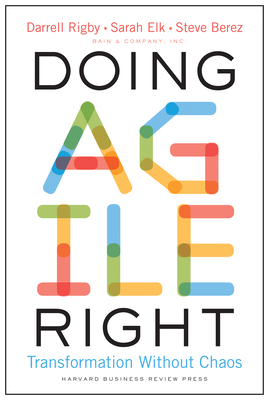Expedite your nonfiction book discovery process with Readara interviews, summaries and recommendations, Broaden your knowledge and gain insights from leading experts and scholars
In-depth, hour-long interviews with notable nonfiction authors, Gain new perspectives and ideas from the writer’s expertise and research, Valuable resource for readers and researchers
Optimize your book discovery process, Four-to eight-page summaries prepared by subject matter experts, Quickly review the book’s central messages and range of content
Books are handpicked covering a wide range of important categories and topics, Selected authors are subject experts, field professionals, or distinguished academics
Our editorial team includes books offering insights, unique views and researched-narratives in categories, Trade shows and book fairs, Book signings and in person author talks,Webinars and online events
Connect with editors and designers,Discover PR & marketing services providers, Source printers and related service providers

Doing Agile Right: Transformation Without Chaos
Business & Economics > Leadership
- Harvard Business Review Press
- Hardcover
- 9781633698703
- 9.3 X 6.4 X 1.1 inches
- 1.05 pounds
- Business & Economics > Leadership
- (Single Author) Asian American
- English
Readara.com
Book Description
Agile has the power to transform work--but only if it's implemented the right way.
For decades business leaders have been painfully aware of a huge chasm: They aspire to create nimble, flexible enterprises. But their day-to-day reality is silos, sluggish processes, and stalled innovation. Today, agile is hailed as the essential bridge across this chasm, with the potential to transform a company and catapult it to the head of the pack.
Not so fast. In this clear-eyed, indispensable book, Bain & Company thought leader Darrell Rigby and his colleagues Sarah Elk and Steve Berez provide a much-needed reality check. They dispel the myths and misconceptions that have accompanied agile's rise to prominence--the idea that it can reshape an organization all at once, for instance, or that it should be used in every function and for all types of work. They illustrate that agile teams can indeed be powerful, making people's jobs more rewarding and turbocharging innovation, but such results are possible only if the method is fully understood and implemented the right way.
The key, they argue, is balance. Every organization must optimize and tightly control some of its operations, and at the same time innovate. Agile, done well, enables vigorous innovation without sacrificing the efficiency and reliability essential to traditional operations. The authors break down how agile really works, show what not to do, and explain the crucial importance of scaling agile properly in order to reap its full benefit. They then lay out a road map for leading the transition to a truly agile enterprise.
Agile isn't a goal in itself; it's a means to becoming a high-performance operation. Doing Agile Right is a must-have guide for any company trying to make the transition--or trying to sustain high agility.
Author Bio
moreVideos
No Videos
Community reviews
No Community reviews

